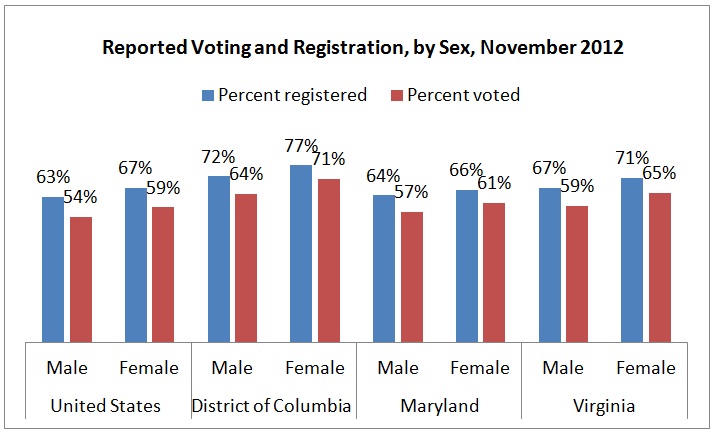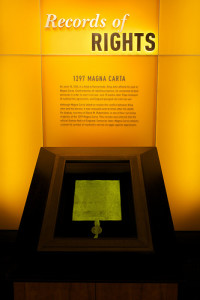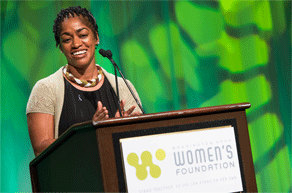DC is in an economic boom. By most measures, the District is thriving, and with an advancing economy, our policymakers and residents are having economic security conversations in ways that we have not seen before—debating the appropriate implementation of paid family leave and the viability of having a separate tipped minimum wage, for example. However, there is a piece of this conversation that is missing from the dialogue: whether the economic boom that DC is experiencing is only for White residents.
You see, there are at least two stats that suggest that Black residents are not benefiting from DC’s prosperity as much as White residents. First, median household income in DC for White families continues to rise and is currently $134,000. However, Black household income has not changed in the last decade and hovers at $42,000.[1] With the cost of housing, child care, and other expenses in DC being as high as they are, any resident can tell you without looking at any stats, that $42,000 is not enough to raise a family here.
The second data point to consider is DC’s staggering Black-White unemployment rate gap. In fact, DC currently has the widest racial unemployment rate divide in the country, with Black residents eight times more likely to be unemployed than White residents.[2] We know that this gap is not a regional trend. In fact, while Maryland and Virginia also have Black-White unemployment rate gaps, those rates are far less stark than DC’s statistic.
So, if White residents are prospering, but by and large Black residents are not in the same ways, why is this happening? And more importantly, what is the District going to do to about it? The Women’s Foundation has some thoughts about what philanthropy can do.
Two years ago, The Women’s Foundation adopted a racial equity lens, in addition to our existing gender equity lens. This was crucial to our work to support the economic stability of women and girls in the DC region. What history and our own experience show is that no matter how many job-training programs you fund, the gap between Black and White employment will sustain unless we are intentional about addressing systemic racism across all issue areas and within our own organizations.
We are not alone in this belief. Over the past few years, local and national foundations have increasingly adopted racial equity and/or racial justice lenses, including our local partners Consumer Health Foundation and The Meyer Foundation. We encourage philanthropy to continue to consider the role that systemic racism plays in our systems, regardless of issue area. Because the economic security of DC’s Black residents is intrinsically tied to academic achievement gaps, practices of redlining in the housing sector, the racial gaps in maternal mortality rates, and all of the other ways that as a society we either overtly repress or simply overlook racial minorities.
We believe that philanthropy cannot conduct business as usual. We need to take a stand, individually and as a sector. Regardless of our giving areas—whether we invest in education, health, workforce development, or the arts—or the communities we focus on—women and girls, young people, older populations, veterans—we can review our giving and organizational practices to ensure we are actively contributing to the reduction of barriers raised by systemic racism.
As a women’s foundation, for us this means ensuring that our work supporting women and girls in the DC region is intentional about how the needs of and opportunities for women and girls of color are reflected in our research, advocacy, and grantmaking. In recent years, we increased the racial and ethnic diversity of our staff; launched a Young Women’s Initiative to spotlight the voices of young women of color in DC; and worked with the Early Care and Education Funders Collaborative, housed at The Women’s Foundation, to incorporate a racial equity lens into its grantmaking and to provide racial equity training for its Grantee Partners. This is just the beginning. We continue to work to ensure that our operational practices and programmatic work are community-led and intentionally supportive of women and girls of color.
Other foundations will implement racial equity differently and focus on different populations and issue areas. That excites us. We look forward to collaborating with other philanthropic entities toward a holistic systems change effort that could affect all genders and age groups across all issue areas.
We encourage foundations that are interested in implementing a racial equity lens to reach out to us about our journey or to Washington Regional Association of Grantmakers to inquire about the racial equity work they are doing with their members. Because the first step on this journey is asking questions and starting a conversation.
[1] DC Fiscal Policy Institute, DC’s Growing Prosperity Is Not Reaching Black Residents, Census Data Show. https://www.dcfpi.org/all/dcs-growing-prosperity-is-not-reaching-black-residents-census-data-show/?utm_source=DCFPI+Blog+Subscribers&utm_campaign=b03f319f34-RSS_EMAIL_CAMPAIGN&utm_medium=email&utm_term=0_71c838dca1-b03f319f34-111156113
[2] WAMU, DC’s Black Unemployment Rate Remains among Highest in the Country. https://wamu.org/story/18/05/18/d-c-s-black-unemployment-rate-remains-among-highest-country/








 In today’s rundown: How DC’s sexual assault and domestic violence services will be affected by a budget shortfall. | Why Congress should pass the Paycheck Fairness Act. | Women’s role in Passover.
In today’s rundown: How DC’s sexual assault and domestic violence services will be affected by a budget shortfall. | Why Congress should pass the Paycheck Fairness Act. | Women’s role in Passover.